Dive into the enchanting universe of Kawaii, a world characterized by all things cute, adorable, and charmingly innocent. An integral part of Japanese culture, Kawaii has expanded beyond its geographic origin and has influenced fashion, aesthetics, and even food worldwide. It's not just about looking cute. In order to be kawaii you must follow the Kawaii lifestyle, a movement, an attitude, and an expression of individuality.
This guide will help you understand and embrace the Kawaii culture, enhancing your life with a dash of cuteness.
Most popular question about kawaii
Discover the origin of Kawaii...
What does kawaii really mean?

The term Kawaii is often associated with Japanese culture. What does Kawaii mean? The term Kawaii or kawaii (可愛い, かわいい) is a Japanese adjective that means "cute". But its meaning and importance to Japanese culture goes much further...
In its simplest form, the term "Kawaii" translates from Japanese to English as "cute" or "adorable." However, the concept of Kawaii extends far beyond this simple translation. It encompasses a broader cultural phenomenon that has shaped and continues to influence various aspects of Japanese society, including fashion, art, design, food, and even personal behavior and communication.
Kawaii is an aesthetic that emphasizes traits such as innocence, playfulness, and childlike wonder. It often manifests in visuals that include soft, rounded shapes, pastel colors, and elements that evoke feelings of joy, carefreeness, and whimsy. Kawaii can be seen in a wide range of items and concepts, from clothing and accessories to characters in pop culture, and from home decor to handwriting.
In a more profound sense, Kawaii also represents a particular mindset or lifestyle. To appreciate Kawaii is to value positivity, happiness, and the ability to find joy and beauty in the small, everyday things. It is about embracing and expressing one's individuality and creativity in a way that may be deemed unorthodox or unconventional in other cultures.
Furthermore, Kawaii serves as a form of soft power for Japan, influencing global trends and shaping perceptions of Japanese culture around the world. It's a phenomenon that transcends language barriers and cultural differences, making it a universally understood concept of cuteness and charm.
In conclusion, while "Kawaii" may simply mean "cute," its real significance lies in its impact on self-expression, societal norms, and cultural identity both within and beyond Japan.
Where did kawaii come from?

And when did kawaii start in Japan? Kawaii is born in the 1970s and has evolved over time, encompassing various facets of Japanese culture. The iconic Japanese brand of Kawaii culture is the company Sanrio. The year 1974 saw the creation of the character Hello Kitty (also called Kitty White) ^_^.
The word Kawaii enters the mores of the Japanese culture. Cute becomes the synonym of kawaii to describe children's clothing styles, objects or manga characters.
Kawaii characters and mascots
These plush characters symbolize a Japanese Kawaii mascot. There is a Kawaii bear, a Kawaii samurai and a Kawaii moose
Hello Kitty is one of the most iconic characters of the Kawaii culture. She has become a symbol of Japanese culture and has inspired many other cute and adorable characters.
The Kawaii influence in J-Pop is evident in the artists' fashion choices, music videos, and even in the music itself. Upbeat melodies and lyrics that evoke a sense of innocence and joy. Kawaii has become a defining style for many J-Pop idols. We can mention Kawaii Jpop artist: Kyary Pamyu Pamyu, AkB48, Baby metal. Learn more it in our blog article about Japanese J-pop...
Harajuku fashion and Kawaii aesthetic
The Harajuku district in Tokyo is the center of Kawaii fashion in Japan. You will find stores selling Kawaii clothes and accessories, as well as themed cafes. To learn more about Japanese outfit, check out our blog article on Harajuku fashion.
How to be a kawaii girl?

Being a Kawaii girl is not just about adopting a particular style of dressing; it's about embracing a lifestyle that celebrates japanese cuteness, positivity, and creativity. Here are some steps you can take to become a Kawaii girl:
1. Kawaii Fashion: the cute japanese outfit
First step towards becoming a Kawaii girl is to incorporate Kawaii fashion into your wardrobe. Kawaii clothing is characterized by bright colors, pastels, and cute motifs such as bows, hearts, and animal figures. Lolita fashion, schoolgirl-inspired outfits, oversized sweaters, and cute onesies are all part of the Kawaii clothing style. Don't forget to accessorize with cute hair bows, clips, or hats.
2. Kawaii Makeup: youthful and innocent look for a kawaii face
Big, sparkly eyes are a key element of Kawaii makeup. Use eyeliner and mascara to make your eyes look larger, and consider using contact lenses to change your eye color. Keep the rest of your makeup light and natural, with a hint of blush on the cheeks and a soft, pink lipstick or lip gloss.
3. Kawaii Hair: rainbow color and Japanese girl's hair bows
If you're not ready for a bold color, consider using clip-in extensions for a pop of color. Cute hairstyles like pigtails, braids, and buns are all popular in Kawaii fashion.
4. Kawaii Accessories: for a cute Japanese outfit
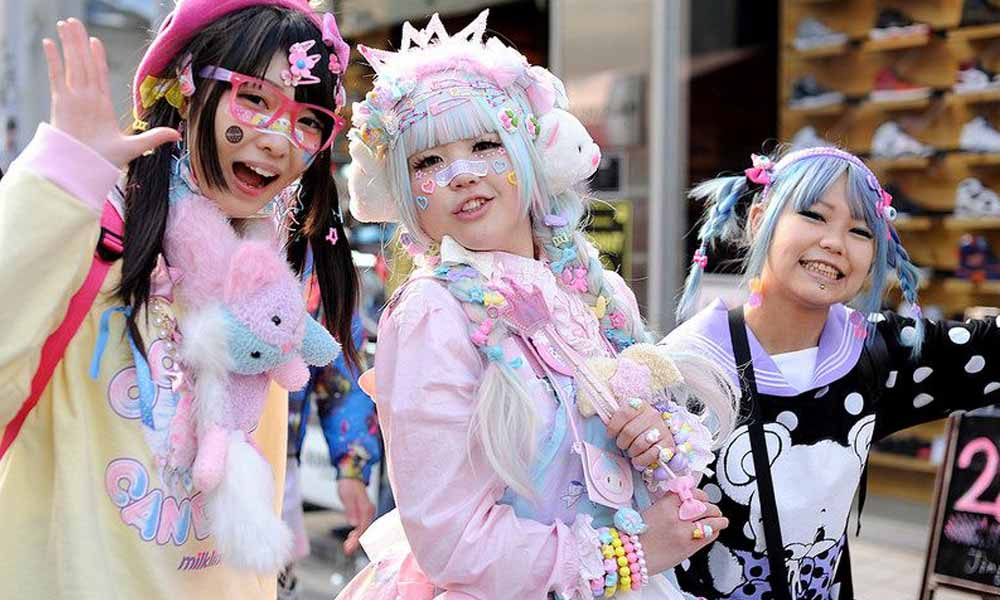
Consider using cute handbags, backpacks, or purses, and accessorize with jewelry pieces like rings, bracelets, and necklaces with cute charms.
5. Kawaii mindset: positive and joyful attitude
Be kind, friendly, and cheerful, and find joy in the little things in life.
6. Kawaii Interests: hobbies and kawaii media
Watch Kawaii anime, read manga, listen to J-pop music, and maybe even try making some Kawaii crafts or drawings.
7. Kawaii decoration: Decorate your living space with Kawaii elements
This could include Japanese plushies, pastel-colored furniture, and wall art featuring Kawaii characters or motifs.
Remember, being a Kawaii girl is all about expressing yourself and finding joy in what you love. So, while these tips can guide you, feel free to adapt them and make the Kawaii lifestyle your own.
Kawaii aesthetic
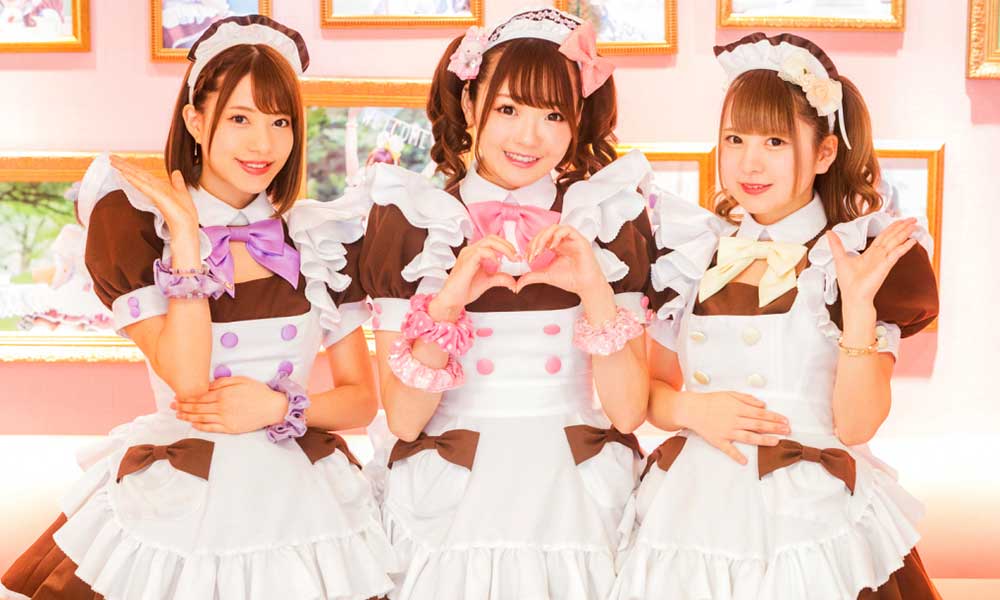
The Kawaii universe extends far beyond fashion and personal style. It permeates all aspects of Japanese culture, from the way people communicate to the places they frequent. Let's explore some of these unique aspects of the Kawaii universe.
1. Maid Cafes: Japanese theme café
Maid cafes are a unique phenomenon in Japan, particularly in the otaku (geek culture) district of Akihabara in Tokyo. These themed cafes are part of the broader Kawaii culture, providing a unique dining experience where waitresses dress up in maid costumes and treat customers as masters or mistresses. The concept is to create a fantasy world for the customers, complete with cute food, interactive games, and live performances. Maid cafes encapsulate the essence of Kawaii culture cute, fun, and a little bit quirky. To learn more about it, check out this Maid cafe guide blog post.
2. Kawaii Style Writing
Kawaii style writing, also known as "marui ji" (round writing), is a form of handwriting that emerged also in the 1970s among Japanese schoolgirls. This writing style features rounded, stylized characters and often incorporates little pictures and symbols. Although it was initially banned in schools, Kawaii style writing spread across Japan and became a significant part of Kawaii culture. It is now commonly used in advertising, manga, and other forms of media, adding a touch of cuteness and personality to the written word.
3. Kawaii Stores
Kawaii stores are treasure troves of cute merchandise, featuring everything from clothing and accessories to stationery and home decor. These stores are characterized by their colorful, eye-catching displays and wide range of products featuring popular Kawaii characters like Hello Kitty. Shopping in a Kawaii store is an immersive experience, transporting you into a world of cuteness and whimsy.
Popular questions about Kawaii
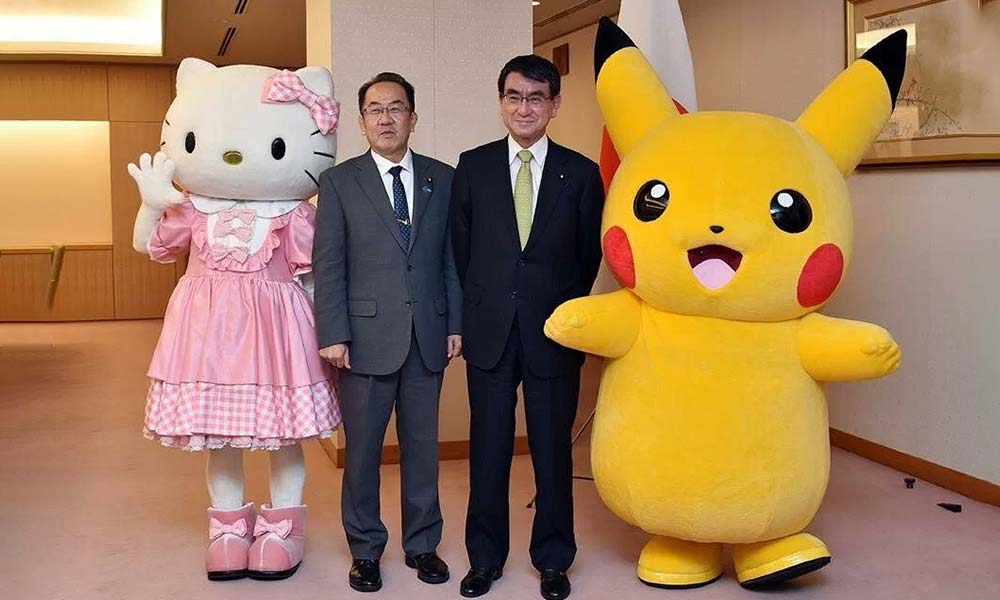
- What is Kawaii culture? Kawaii culture is a movement in Japan that values cuteness and innocence. It influences various aspects of life, including fashion, food, and entertainment.
- How can I incorporate Kawaii into my daily life? You can incorporate Kawaii into your life by adopting its aesthetics, such as wearing Kawaii dress, using Kawaii gears, and even eating Kawaii food with a cute bento box.
- What is Kawaii fashion? Kawaii fashion is a style that emphasizes cuteness and innocence. It often features bright colors, playful patterns, and a mix of Western and traditional Japanese styles.
- Are Anime and Idols part of Kawaii culture? Yes, anime characters and idols often embody Kawaii aesthetics and lifestyles, making them a significant part of Kawaii culture.
- What is the meaning of Kawaii? Kawaii is a Japanese term that translates to "cute" or "adorable." It's a cultural phenomenon that celebrates positivity, cuteness, and innocence.



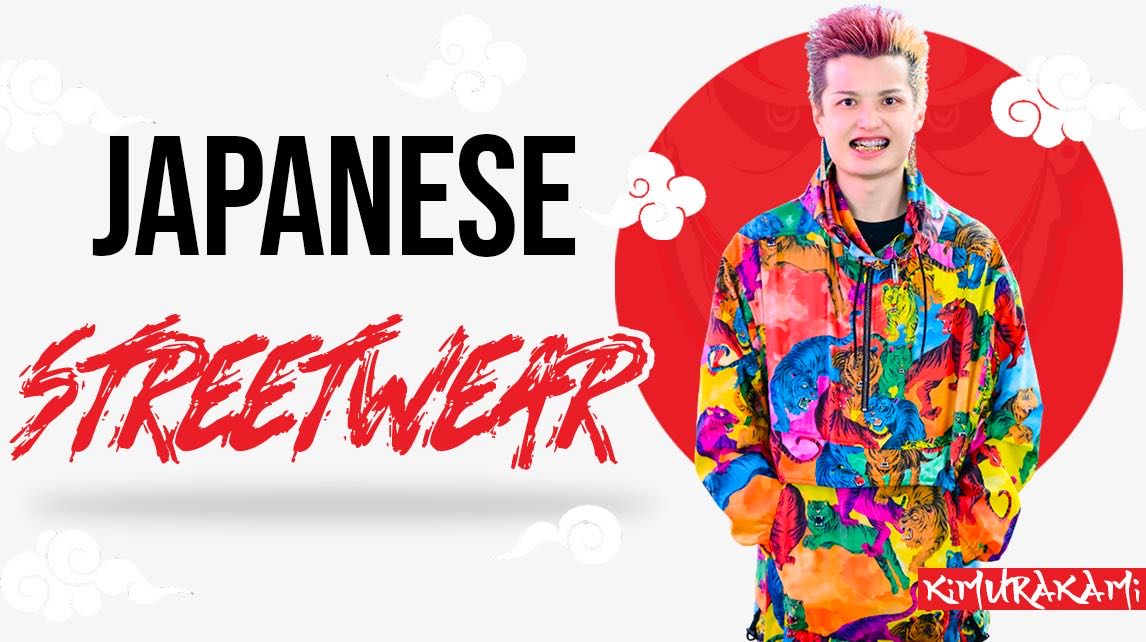
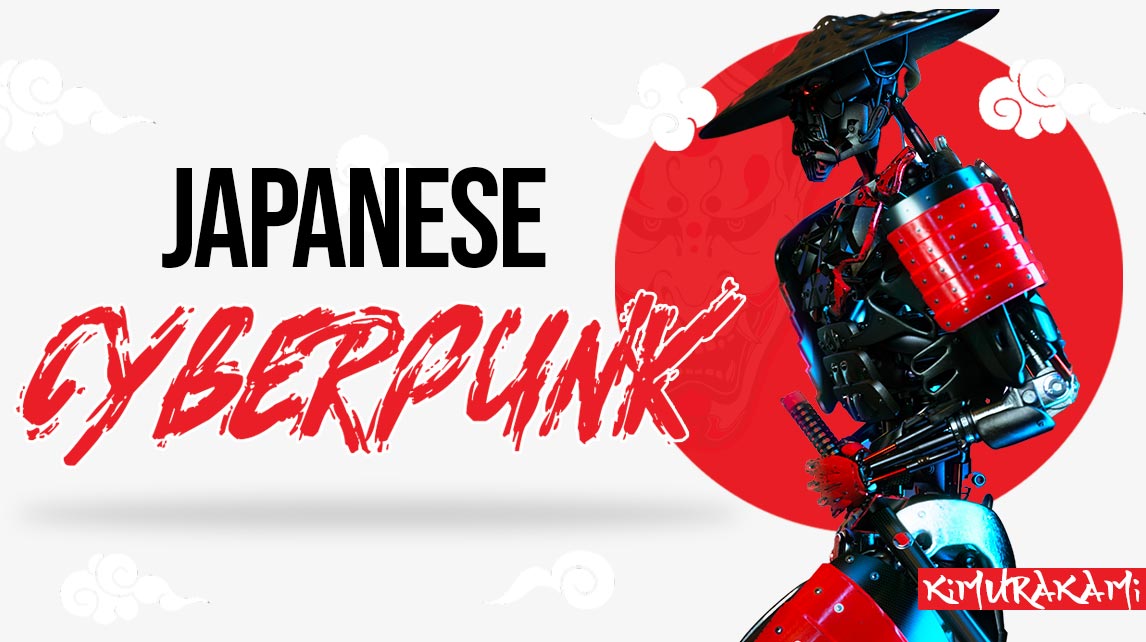
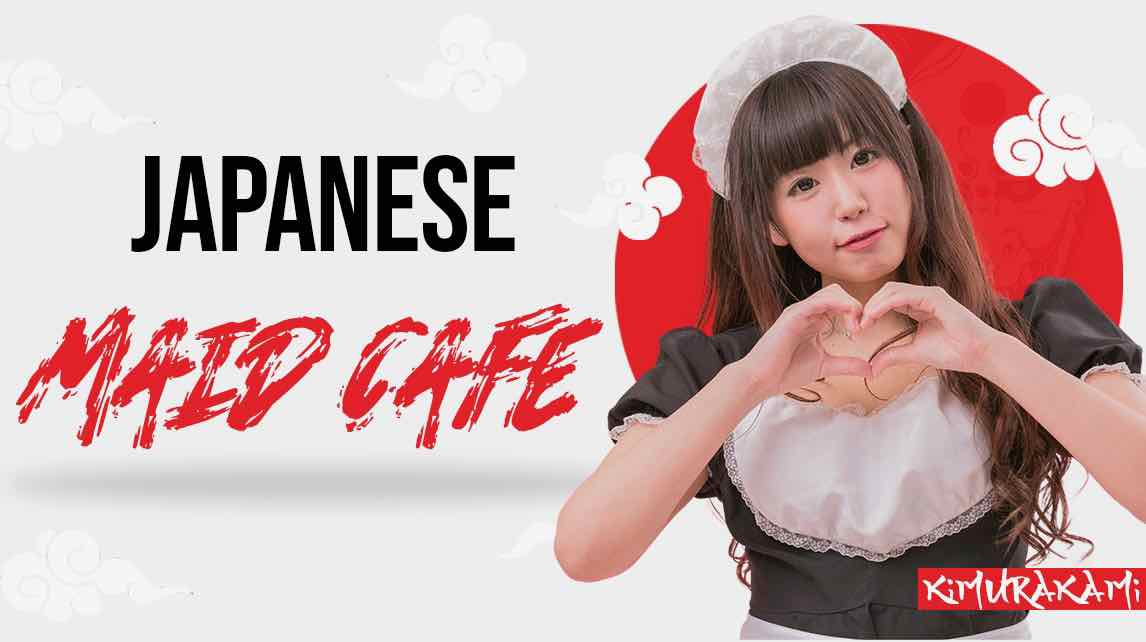
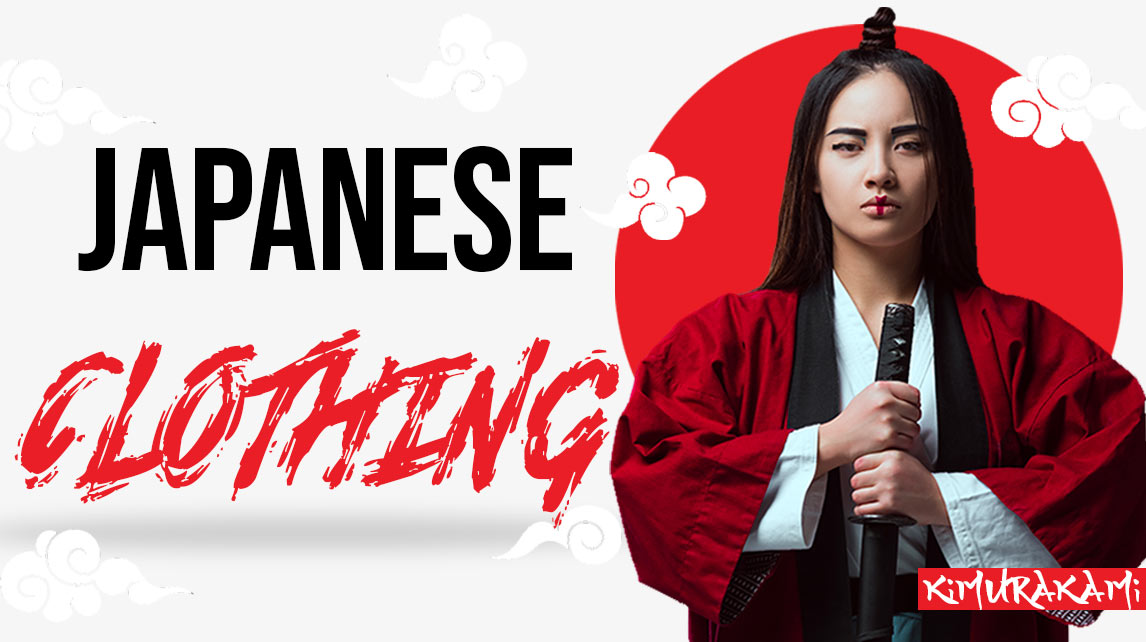
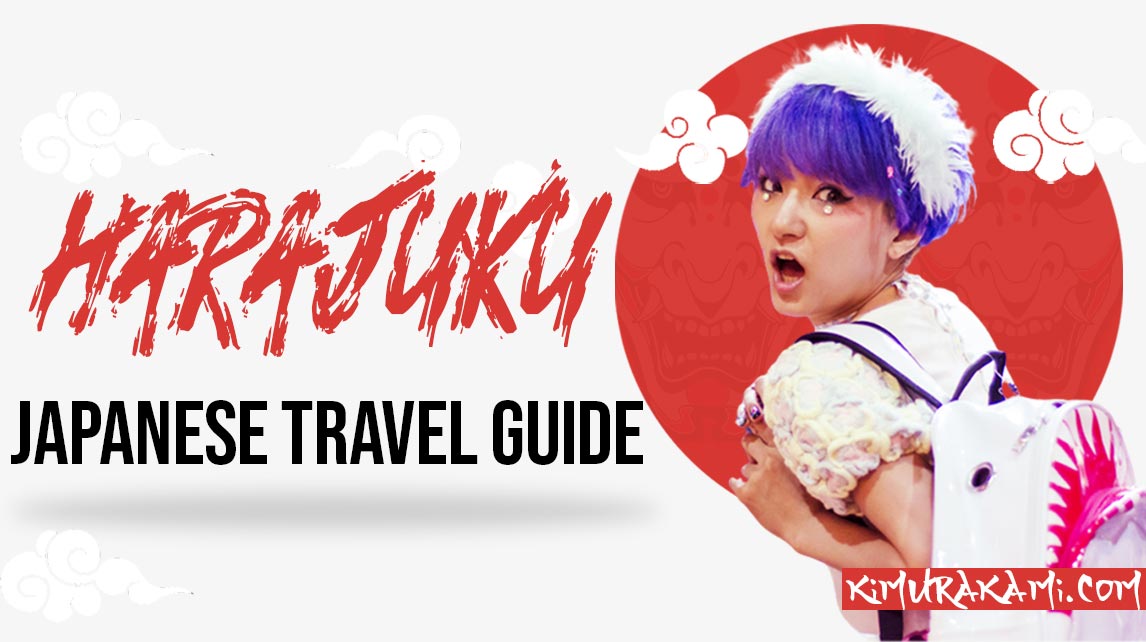
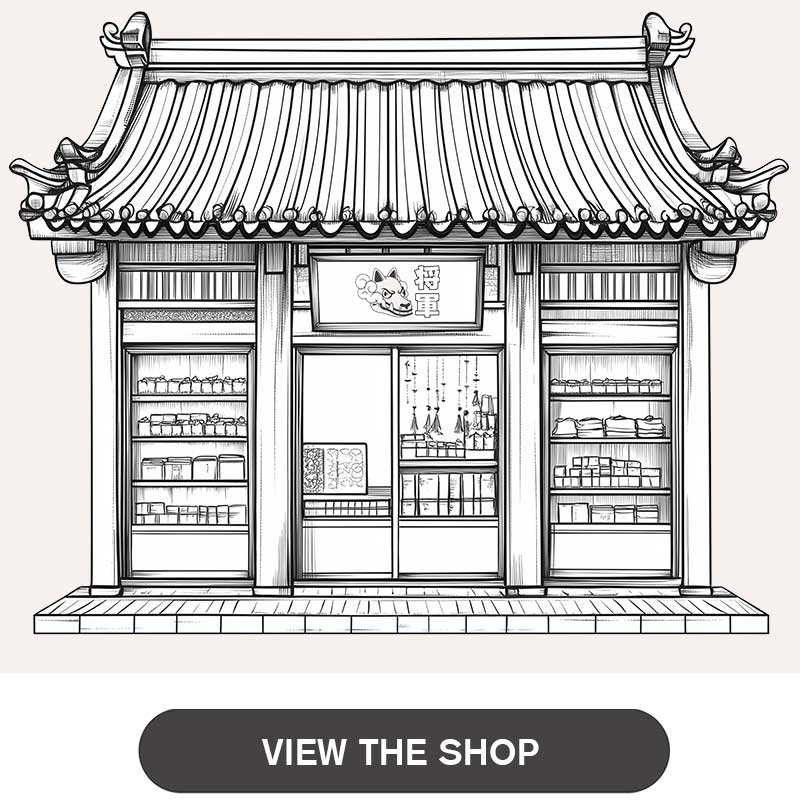
Leave a comment